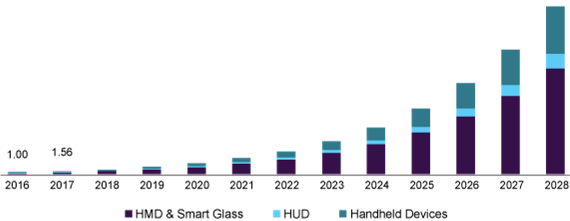As technology advances, many tools which would otherwise be considered science fiction in the recent past have become ubiquitous today. Augmented reality (AR) is one such technology that seemed “surreal” initially until practical applications for consumer products as well as tools for various industries started to become commonplace. Augmented reality in industries such as manufacturing, oil and gas and healthcare can vastly improve outcomes.
What is Augmented Reality?
Augmented reality is different from virtual reality as in, it does not create a completely artificial environment but alters the surrounding environment to provide an “augmented” reality. An augmented reality system has three basic defining characteristics – real-time interaction, a combination of the virtual world and the real and accurate three-dimensional registration of objects both virtual and real.
To learn more about Augmented Reality, sign up for EVOLVE 2021 to learn from the experts! It's free!
Augmented reality alters the user’s perception of the real world by overlaying information about it, allowing the user to interact in real-time with the real world that has been digitally engineered. The hardware necessary for AR includes a processor, input devices, sensors, and display most of which are already components of modern cell phones and tablets. These devices also include components such as cameras, accelerometers, GPS, and solid-state compass which find use in the application of AR technology. Smart glasses are also used extensively to deliver AR experiences to users. With AR technology becoming ubiquitous, its application can now be seen in workplaces from the benefits it offers.
Benefits of AR Tools
Safety
A lot of jobs across sectors carry inherent risk and the safety of the workers is of upmost importance. An employee working in a real-world environment with moving parts, high heat or dangerous chemicals etc. is at risk. Using AR technology, these risks can be minimized as the person need not engage in hazardous environments and can instead use an AR simulation. This significantly reduces risks and injuries to workers.
Training
For training purposes, AR tools can be used to simulate real-world environments as well as classes providing an interactive and safe approach to allow trainees to learn skills. AR can cut costs as devices required for AR such as smartphones and tablets are already owned by most people. In the case of equipment such as headsets and proprietary apps, they can be expensive but only as a one-time investment and can be reused.
AR can also be used for enhanced learning, expecially to train employees on dangerous or rare circumstances. With AR tools they can gain hands-on experience without any pressure or risk. This can equip people with skills and experience to handle a variety of situations.
Figure: US AR market size (2021-28). Source: Grand View Research
Increased Innovation
With automation taking over several sectors including manufacturing, AR tools can help workers be more productive. As AR tools overlay information on top of the real-world environment and objects, workers can have all the information they require instantly and collaborate with robots to create innovative products. The pace of innovation can increase immensely.
AR Adoption in Various Industries
From 2017 to 2025, the augmented reality market size is estimated to increase by over $195 billion, increasing from roughly $3.5 billion in 2017 to over $198 billion in 2025."
- Statista
AR technology has been adopted in many sectors including the space industry and the military. In the space industry, simulations are used for training purposes. AR can simulate extra-terrestrial environments and help trainees familiarize themselves with real-life situations in future missions. Similarly in the military, AR tools are used during combat training allowing trainees to experience hostile situations without of real injury. Here are some other industries that have benefitted from advances in AR technology.
Supply Chain Management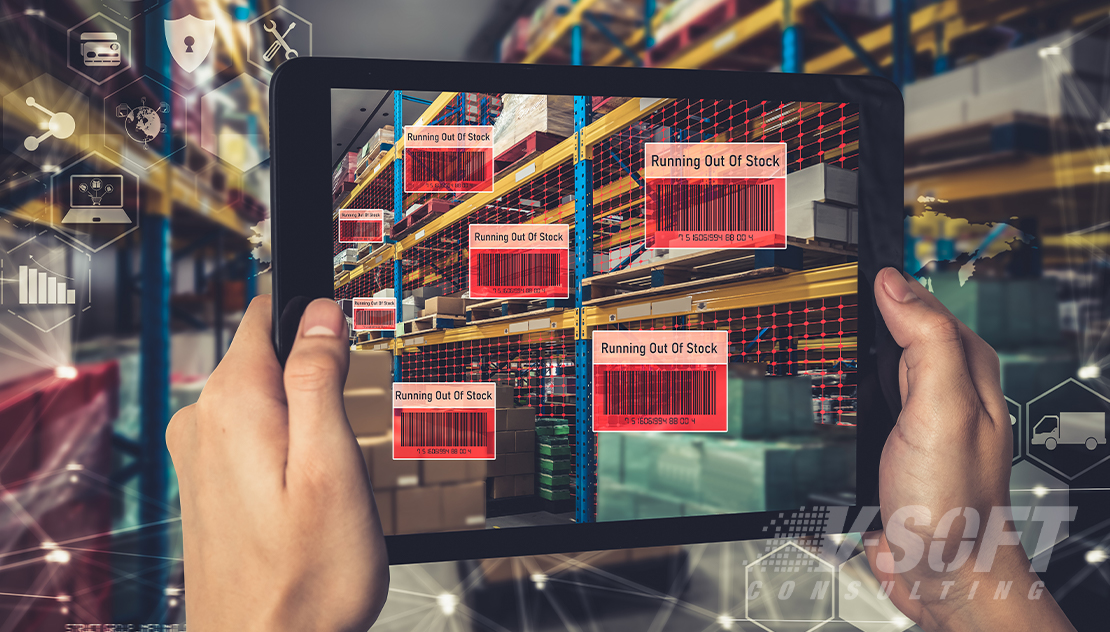
Navigating large warehouses and managing huge amounts of inventory can be challenging. AR, as shown above, can provide a digital illustration or environment to illustrate certain data points such as stock amount. Warehouse workers can use smart glasses to navigate large campuses. The smart glasses can overlay a map or directions onto the real-world environment. Lastly, AR can improve shipping process by showing workers the most efficient way to pick and pack orders.
Human Resources
AR is being used to train employees as well as onboard them. Trainees can use AR tools to tour a work environment, meet the team and get acquainted with the company. These tools can further help employees understand safety procedures as well as have an overall familiarity of the working environment which can go a long way in increasing productivity.
E-commerce and Retail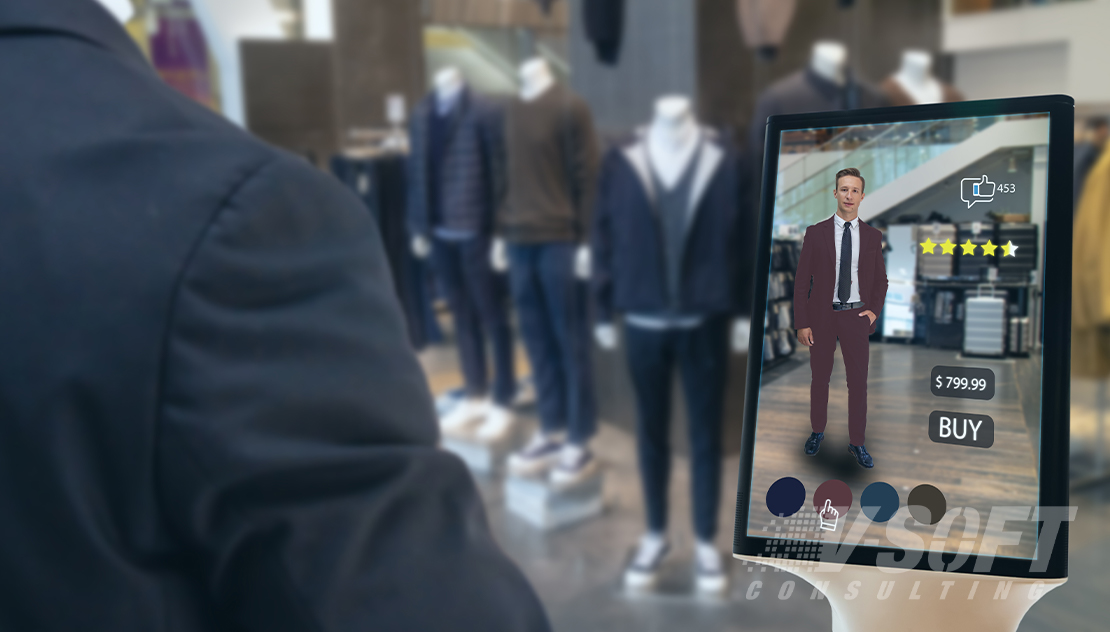
In e-commerce, AR can provide customers with contextual information about products for more fulfilling shopping experiences. With 3D models and previews of products, customers can know exactly how the product they are purchasing would meet their needs. For instance, the e-commerce app can use the mobile phone camera to show how eyewear or jewelry would look on the customer thus replacing the mirror of the brick-and-mortar store with an AR tool. This can greatly increase customer interaction and lead to more sales.
Healthcare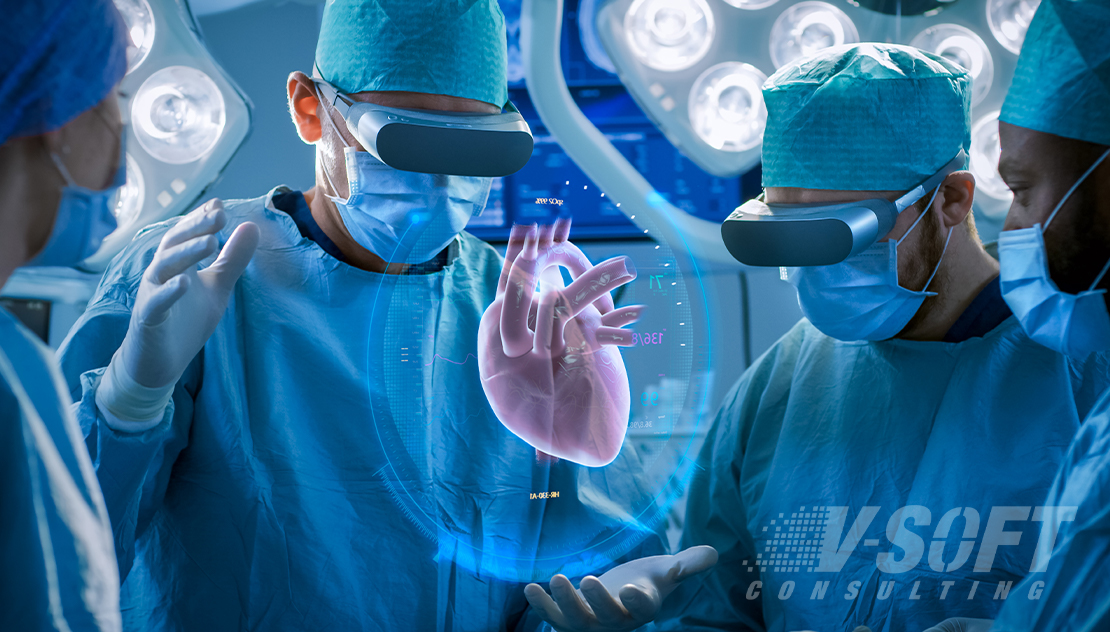
Healthcare is another area where AR technology has vast potential when applied correctly. Healthcare professionals, especially surgeons must often divide their attention between surgery and patient vitals. AR tools such as head-mounted displays, can allow surgeons to concentrate on the surgery while having all the information they need right in front of their eyes.
Medical students can gain hands-on experience on anatomy using holograms of bodies thus ensuring there are minimal real-life risks. AR technology can also be highly effective in telemedicine and is poised to transform the industry in the future.
Oil and Gas
The oil and gas industry is one of the most dangerous industries to work in. This report by Deloitte does a great job of explaining the many use cases of AR for the oil and gas industry including:
- Predictive Safety Sensing
- Training
- Worker-amplified Intelligence
- Safety
Overall, AR in the oil and gas industry, combined with other technologies like Internet of Things (IoT) and Artificial Intelligence (AI), will reduce training and safety costs, improve employee and user experiences, and increase productivity.
Manufacturing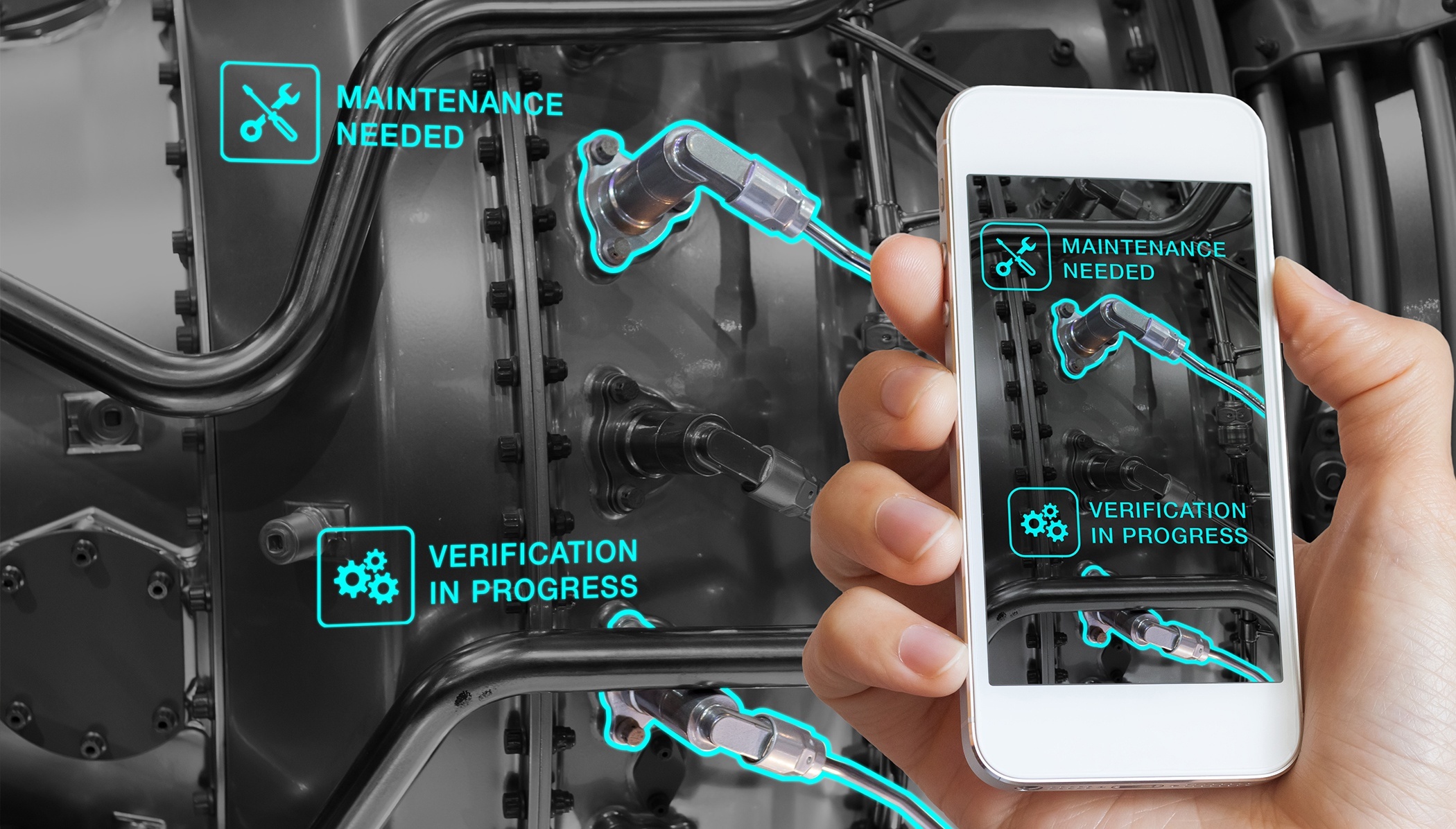
AR tools are transforming the manufacturing industry immensely. AR can be used to train employees on how to perform their job in a large and complex environment dominated by machinery as well as ensure safety by augmenting day-to-day jobs. Workers using AR tools such as head-mounted displays, smart glasses or simply using smartphones or tablets can perform their jobs in a much safer environment and with a lot of innovation and productivity as the information is readily available to them on their display. AR can reduce the skill gap by providing lesser experienced workers with critical information therefore upskilling them quickly with fewer resources.
Conclusion
Augmented reality technology is also adopted across varied sectors such as education, foodservice and others. With the development of hardware and applications related to AR technology, its adoption is likely to further increase.







